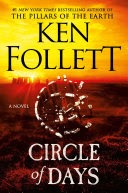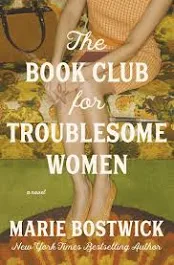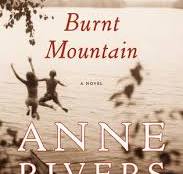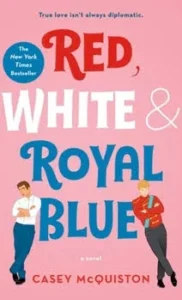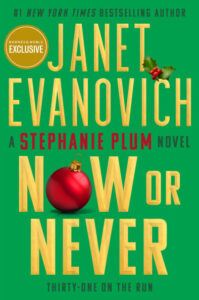Daniel Kraus
Fiction 2025 | 385 pages
![]()
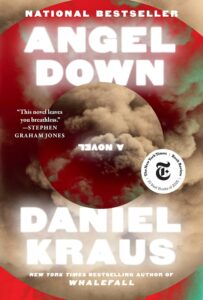
READ THIS REVIEW EVEN THOIUGH IT IS ONLY 2 STARS. WHILE I CANNOT RECOMMEND IT, YOU MAY STILL CHOOSE TO READ IT
Wow, I have never read a book anything like this, and I suspect you haven't either, but before I drive into why it us unparalleled in its uniqueness, I will first get you up to speed on the plot of this book, listed as one of the top ten books for 2025 by the New York Times, and also acclaimed by The Washington Post and NPR,
U.S. Private Cyril Bagger, our main character, is in France during WWI, his job is to bury the dead, he and four other grunts are also given a deadly mission, to venture into the perilous No Man’s Land to euthanize a wounded comrade, but what they find, however, is an angel,
and, if it weren't for the spectacular story telling of the author Kraus, this book would be unreadable, but Kraus drew me in and kept me at the edge of my seat, despite the challenges to overcome, and I could hear, feel, and see what the author was trying to create ... as best as possible through my naive lens,
and so, the challenges, first, Angel Down is extremely gruesome and gory, and the worst is at the beginning of the book, but if you can make your way through those gory scenes, you will be provided some relief, but not for long, and the unspeakable horror of life in No Man's Land continues sporadically throughout the book, and you will face it again and again, someone who is burying the dead, not shooting at advancing forces, sees strewn body parts, embedded barbed wire, burns, acid, heads blown apart, and more ... all the results of unspeakable brutality, except Kraus has the courage to speak it,
and second, you have probably heard about this book .... it is one long sentence, commas and chapters help keep the pace (yes, like this!), and I didn't find it too hard to adjust to -- it actually rather amused me -- but some of you may, (I found some periods in chapters 7, 33, and 35. I wonder if they are intentional, or an editing error?!), it is fluid and actually easy to follow, once you change your expectation, he employs this extreme style to convey the overwhelming, stream-of-consciousness experience of a soldier in World War I and the relentless, dizzying, blood-soaked atmosphere of the battlefield, and if you read my last review, The Guest Cat, in which every time I opened to a page, my breathing slowed down and I calmed, Angel Down did the exact opposite, it raised my heartbeat and my anxiety,
and, I cannot recommend this book to anyone, but that doesn't mean you shouldn't give it a try, and if you have read it, or read it in the near future, I would very much like to hear about your experience and reactions
December 2025



